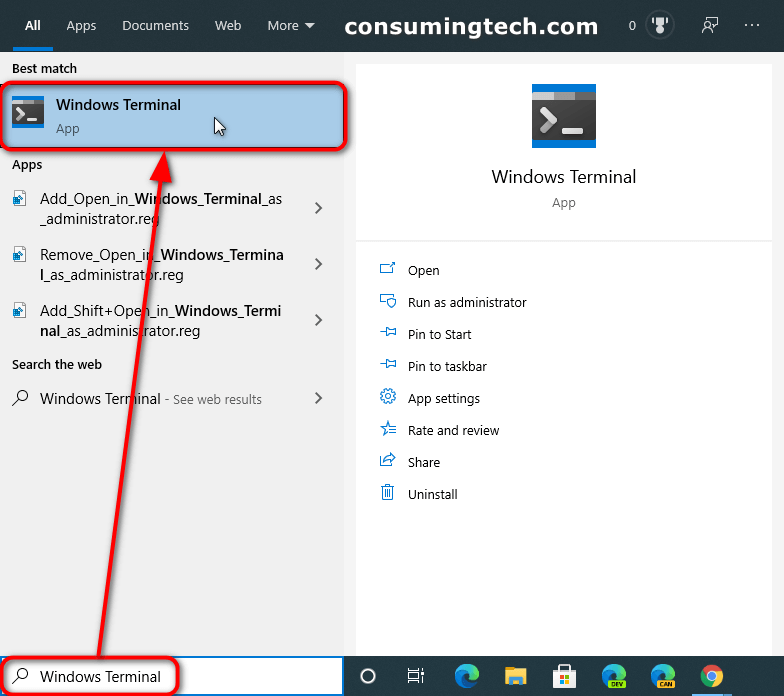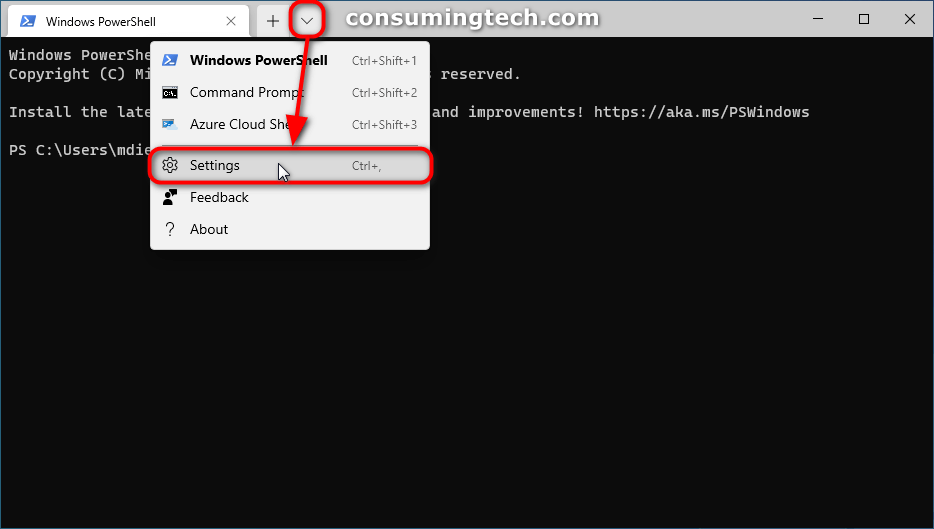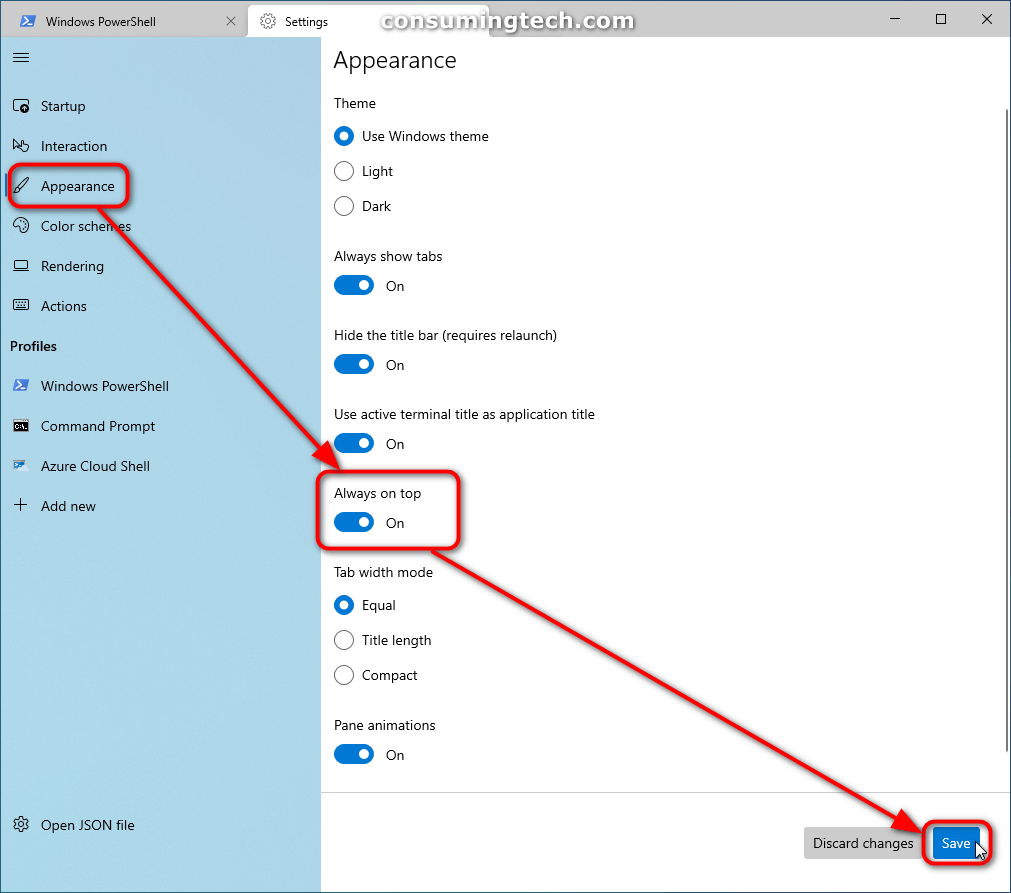Last Updated on December 24, 2022 by Mathew Diekhake
Windows Terminal is Microsoft’s new command-line app. It allows for multiple tabs, and from each tab you also have the option of opening either the Windows PowerShell, Command Prompt, Azure Cloud Shell, or the plain PowerShell. Additionally, it is also preconfigured to run SSH and WSL. Windows Terminal can run any command-line app which includes all Windows terminal emulators.
The Windows Terminal app, otherwise known as the new Windows PowerShell, is the long-awaited app many Windows enthusiasts had been waiting for thanks to its ability to do far more than the typical command line which had become outdated. Interestingly, the Windows Terminal was initially available as a separate app that needed to be downloaded from the Microsoft Store; however, if you were to go to the Microsoft Store to download it now you would be prompted that it is already on your computer. You haven’t got memory issues; as stated above in recent Windows 10 updates you would now find the app on your computer as an Inbox app.
Windows Terminal comes with an Always On Top Mode. When Always On Top is set to true (enabled), Windows Terminal windows will launch on top of all other windows on the desktop. This state can also be toggled with the toggleAlwaysOnTop key binding.
The following tutorial demonstrates how to enable and disable the Windows Terminal feature “Always On Top” when using a version of the Windows 10 operating system.
How to Enable or Disable Windows Terminal Always On Top in Windows 10
You can enable and disable the Always On Top feature for Windows Terminal from the Windows Terminal settings. Here is how to do that:
1. Open the Windows Terminal app. (Click to enlarge the screenshot below.)
2. Next to the tabs, click on the down-facing arrow to bring up the Windows Terminal menu and then click on the Settings link. (Click to enlarge the screenshot below.)
3. Click on Appearance in the left menu.
4. From the right side of the same window, click on the Always On Top toggle to turn it on or off.
5. After selecting to turn on of off Always On Top, click on the Save button at the bottom of the Settings page. (Click to enlarge the screenshot below.)
You can close the Windows Terminal settings and continue using the computer.
In conclusion, that is how to enable and disable the Windows Terminal feature “Always On Top” in Windows 10.
Related Tutorials
- How to Install Media Feature Pack for N Editions of Windows 10 [Tutorial]
- How to Enable/Disable Cortana on Lock Screen in Windows 10 [Tutorial]
- How to Change Default Profile in Windows Terminal App in Windows 10 [Tutorial]
- How to Turn On/Off OneDrive Fetch Files in Windows 10 [Tutorial]
- How to Create Custom Font with Microsoft Font Maker App in Windows 10 [Tutorial]
- How to Use Windows 10 Sticky Notes Online via OneNote Online [Tutorial]
- How to Set Default Tab for Task Manager in Windows 10 [Tutorial]
- How to Install Active Directory Users and Computers in Windows 10 [Tutorial]
- How to Remove Programs from ‘Open with’ in Context Menu in Windows [Tutorial]
- How to Enable Windows Mobility Center on a Desktop Windows PC [Tutorial]
- How to Read by Sentence in Narrator in Windows 10 [Tutorial]
- How to Open Windows Mobility Center in Windows 10 [Tutorial]



